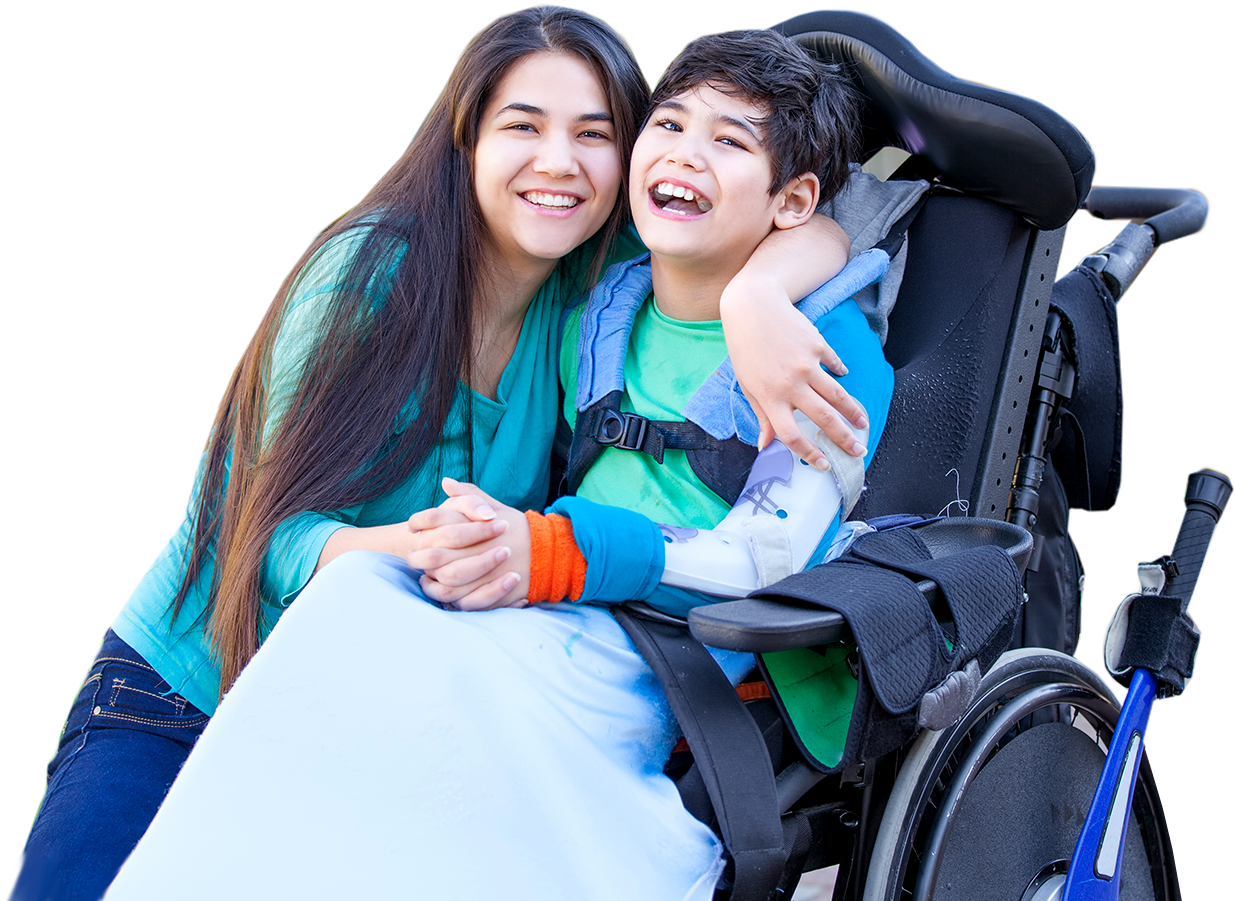Types of Cerebral Palsy
advice to better care for your child

- Alternative
- Assistive Technology
- Associated Conditions
- Birth Injury
- Causes of Cerebral Palsy
- Cerebral Palsy Diagnosis
- Cerebral Palsy Information
- Cerebral Palsy Therapies
- Cerebral Palsy Treatments
- Child Development
- Doctor Visits
- Education
- Equipment
- Featured
- Legal Help
- Medical Research
- News
- Patient Care
- Prenatal Care and Childbirth
- Stories
- Tips for Parents
- Types of Cerebral Palsy
- Updates
Posts in 'Types of Cerebral Palsy'
Types of Non-Spastic Cerebral Palsy: Mixed CP
Cerebral palsy can take various forms. Whether it’s spastic, dyskinetic, or ataxic, each affects the patient’s body in different ways. In some cases, a child may have symptoms from multiple forms of cerebral palsy—this is known as mixed CP. What is Mixed CP, Exactly? Mixed cerebral palsy refers to a condition where multiple forms of... Read More
Types of Non-Spastic Cerebral Palsy: Dystonic
Although many people associate cerebral palsy with spasticity, there are some forms of non-spastic CP that affect children. One of these is dystonic cerebral palsy. What is Dystonic Non-Spastic CP? Dystonic cerebral palsy, sometimes called dystonia, is a form of CP that causes changes in muscle tone and involuntary movements or uncontrollable muscle contractions. These... Read More
Athetoid Quadriplegic Cerebral Palsy
Athetoid quadriplegic cerebral palsy is a subtype of cerebral palsy characterized by an inability to control muscle movement in the arms and legs. Athetoid cerebral palsy, which is also known as dystonic, choreoathetoid, or dyskinetic CP, results in out-of-control movements such as body writhing and jerky limbs. Rather than muscle paralysis, however, the type of... Read More
Living With Spastic Quadriplegic Cerebral Palsy
Spastic quadriplegic cerebral palsy refers to a specific form of cerebral palsy that causes difficulty in controlling arm and leg movements. People who suffer from this condition won’t have paralyzed muscles, but they’ll experience jerky movements that result from stiffness in the four limbs. While its name suggests that it affects the four limbs of... Read More
What You Should Know About Athetoid Diplegic Cerebral Palsy
Athetoid diplegic cerebral palsy is a classification of cerebral palsy that characterizes an inability to control muscle movement in the lower extremities. Athetoid cerebral palsy, also known as choreoathetoid, dystonic, or dyskinetic CP, causes individuals to exhibit movements out of their control, such as jerky limbs or slow writhing. Diplegia, or diparesis, is a subset... Read More
What to Know About Ataxic Hemiplegic Cerebral Palsy
Ataxic hemiplegic cerebral palsy is a relatively rare mixed form of CP that not only affects an individual’s balance and coordination but also their muscle tone and motor abilities on one side of the body. Ataxic cerebral palsy is caused by brain damage to the cerebellum and affects about 5 to 10% of those with... Read More
Dystonia and Cerebral Palsy
Dystonia in cerebral palsy causes twisting and repetitive involuntary muscle contractions that are often painful and interfere with regular movement, posture, sleep, and normal daily activities. Dystonic cerebral palsy is one of several types of CP and is a subcategory of dyskinetic cerebral palsy. What Is Dystonia in Cerebral Palsy? When the basal ganglia area... Read More
Spastic Diplegia – Overview and Considerations for Children
Spastic diplegia is a form of cerebral palsy that primarily affects the legs, hips, and pelvis. Arms can also be affected, but to a lesser degree. Considered a less severe form of cerebral palsy, children born with spastic diplegia usually have average to slightly below average intelligence and language skills. Read More
